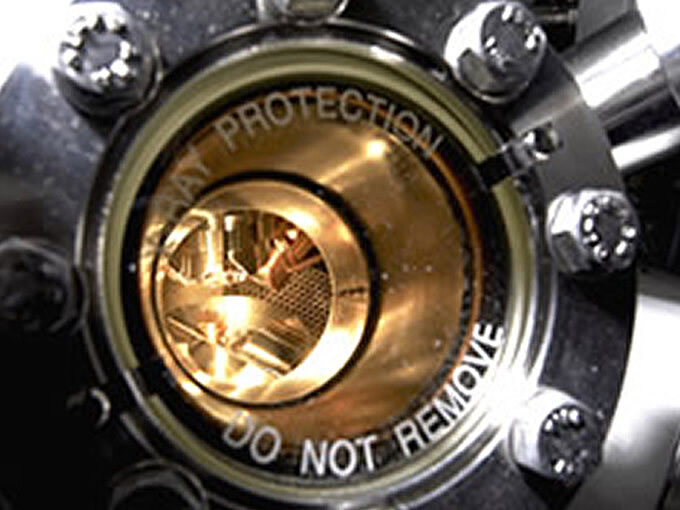Cleanliness Measurement on High-Performance Metal Components
Application of Lucideon's cleaning validation procedure - Validata

The challenge
Waters is a manufacturer of high-performance mass spectrometers. These instruments are used to analyse the chemical composition of an ionised sample of material.
Ions and/or their associated molecular fragments are collimated and focused on a detector assembly by electrostatic and electromagnetic fields. The presence of potential volatiles and adsorbates entrained in the material surface can generate perturbations in these electric fields leading to the inability of the equipment to effectively collimate and focus ions across the designed mass range. Lucideon (at the time called Ceram) was asked to quantify the residual materials present on the broad area electrodes within the mass analyser of several MS instruments.
What we delivered
We applied our cleaning validation procedure (Validata) to the cleaned components supplied by Waters. Validata uses X-ray Photoelectron Spectroscopy (XPS) to quantify the non-desirable materials remaining on the cleaned items. In this case these were potentially residues arising from the manufacturing of the materials together with cleaning ingredient residues. XPS can detect these species down to 0.1at% concentration in the surface domain. The complete elemental data set generated by the technique is converted via a combinatorial algorithm to give the concentration of the materials of interest remaining on the surface of the parts after the final rinse and part drying. By comparison with work carried out by Lucideon on the ultimate cleanliness attainable on such substrates, a single %cleanliness figure can be calculated. In this instance, the cleanliness achieved by Waters was equivalent to the ultimate potential for this substrate type. The parts were >99% clean.
Value to the client
Waters had been studying their cleaning process as a route to improving manufacturing efficiencies. They were able to confirm that the new process was delivering results at the very highest level, in terms of removing manufacturing residues whilst not carrying over residues from the cleaning ingredients. The adoption of the new cleaning process enabled Waters to increase manufacturing efficiency and to reduce re-work by more than 20%.
